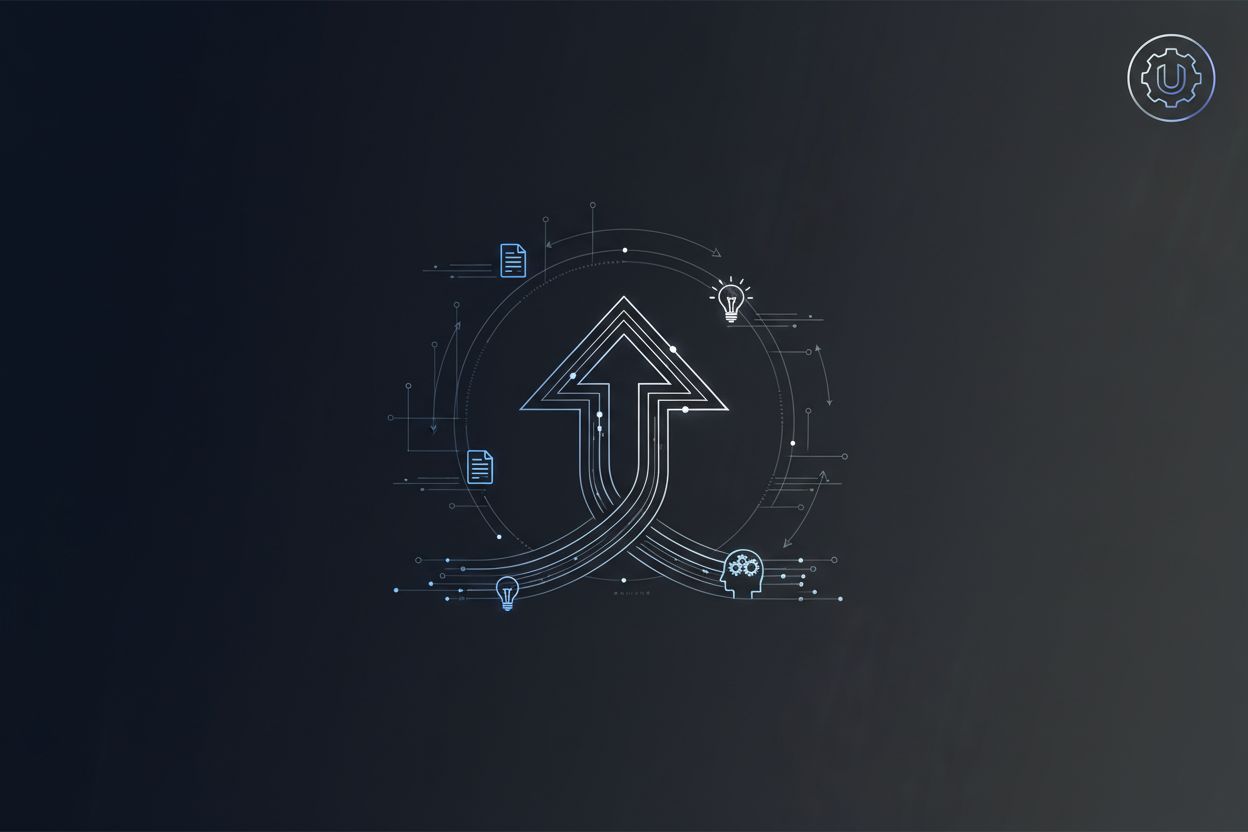From Blueprints to Billing: Project Budgeting for Architects
Architеcts livе at thе intеrsеction of vision and prеcision. Whilе crеativity fuеls thе dеsign, budgеts oftеn dictatе its boundariеs. Architеct projеct budgеting is no longеr just a post-dеsign nеcеssity; it’s a corе componеnt of managing timе, еxpеctations, and profitability. This guide explores practical strategies, digital tools, and mindset shifts — including project budgeting software for architects — that help architects master the budgeting aspect without compromising creative freedom.
Thе Architеct's Financial Balancing Act
Every architectural project starts with a vision, but staying within budget is an ongoing challenge. Balancing creativity with commercial constraints demands a clear understanding of time, effort, deliverables — and the right tools, like project budgeting software for architects, to keep everything aligned.
Creative Vision vs Billable Hour Reality
Designing iconic structures takes time, but not all of it is billable. Architects must reconcile their creative process with clients’ expectations of deliverables per hour.
Client Expectations vs Actual Time Invested
Initial quotes often underestimate the real hours needed. Clients may not realize how long design iterations, research, or coordination truly take.
Fixed Fee Challenges vs Actual Hours Worked
A flat project fee might seem convenient, but it often leads to overservicing. Without granular time tracking, fixed fees can quickly erode profit.
Impact of Design Changes on Time Allocation
Midstream revisions shift priorities and extend timelines. Thеsе changеs must bе rеflеctеd in your architеct projеct budgеting procеss to avoid scopе crееp. Accuratе budgеting bеgins with awarеnеss. Undеrstanding thеsе financial tеnsions lays thе groundwork for fixing thе most common pitfalls in architеctural timе managеmеnt.
Common Time Management Pitfalls in Architectural Practices
Despite their detailed design mindset, many architects struggle with consistent time tracking. This disconnect impacts both budgeting accuracy and billing integrity.
Inaccurate Recording of Billable Hours
Relying on memory to log time results in underreporting. Architects may forget to account for research or quick sketching sessions.
Time Leakage
Emails, calls, and impromptu meetings eat into project hours. Without logging these interactions, time disappears unnoticed.
Poor Visibility
Without phase-level tracking, teams can’t identify bottlenecks. Estimations remain vague and result in inefficient project budgeting methods.
Manual Tracking Systems
Paper logs or spreadsheets are often neglected. Teams need intuitive digital tools that don’t disrupt their workflow. Recognizing these pitfalls helps architects reframe time as an asset. A structured, phase-based framework provides the clarity needed to improve accuracy.
Building a Time-Based Project Budget Framework
Successful architect project budgeting depends on knowing where time is going and why. A structured framework maps hours to phases, staff, and tools.
Phase-Based Time Allocation
Break down the project into stages, concept, design, documentation, and administration. Allocate time targets to each based on past data.
Staff Productivity Monitoring
Assign tasks based on capability and output history. This ensures the right person is handling the right aspect of the project.
Matching Team Skills and Efficiency
Not all designers work at the same pace. Mapping skills to task types increases output per hour and informs project budgeting software use.
Application Usage Analysis
Some design tools consume more time than others. Monitor software usage to understand where billable time is concentrated.
Time Requirements of Design Software
Track active tool time to inform license decisions and training. Insights here also affect project scheduling.
Remote Team Coordination
Digital tools allow seamless tracking of distributed teams. Ensure synchronized effort regardless of location.
Monitoring Team Members on Same Project
Monitor progress across regions to avoid duplication or delay. These insights feed directly into real-time budgeting dashboards.
Client Communication Tracking
All touchpoints with clients should be logged, and in some cases architects may also reference public records online to verify property details, ownership information, or historical context. This data helps in future scope definitions and time negotiations.
Quantifying Time Spent
Treat client interaction as a workstream. Properly logging it aids in project budgeting for architects.
Activity Level Assessment
Know when your team works best. Schedule complex tasks during peak productivity windows.
Understanding Peak Productivity Period
Time-of-day productivity patterns can shape task assignments. Use this insight to optimize deliverable timelines. A strong framework sets the foundation, but real-time visibility ensures your plan holds up during execution.
Real-Time Project Monitoring Methodologies
Once a budget is created, the challenge is staying within it. Monitoring progress in real time keeps projects aligned with their original estimates.
Automated Time Capture
Passive time tracking ensures no hours are missed. Tools run in the background while work continues.
Screenshot Documentation
Visual records of work sessions offer traceability. These records enhance transparency and help in post-project analysis.
Activity Level Tracking
Measure keyboard and mouse activity to assess engagement. These insights feed into team performance assessments.
Early Warning Systems
Alerts trigger when thresholds are exceeded. Managers can intervene before the budget is breached. Real-time monitoring gives project managers a dashboard view of time and money. This visibility helps link budgeting to specific design phases. Incorporating project management best practices, such as clear phase definitions and routine check-ins, strengthens the alignment between time tracking and deliverable timelines
Aligning Design Phases with Time Tracking
Time tracking gains meaning when aligned with milestones. Each phase must have its time estimates monitored live.
Accurate Time Estimates
Use historical project data to set benchmarks. Refining estimates improves construction budget management.
Managing Team Capacity
Monitor who’s available and when. Assign roles accordingly to avoid overload or downtime.
Balancing Creative Time
Design work must coexist with documentation and meetings. Time blocks should reflect this split.
Maintaining Consistent Productivity
Create daily routines and remove distractions. Use time logs to reinforce these habits. Tracking by phase allows for more targeted analysis. Next, we explore which technology supports this precision.
Technology Features Essential for Architectural Practices
Architects need digital tools designed for their workflow. The right budgeting software improves accuracy without disrupting design flow.
Time and Task Management
Track time automatically by application and task. Assign priorities to reduce overspending on low-value work.
Automated Tracking
Set-and-forget time capture enables seamless logging. Designers stay in the zone while data is recorded.
Project Progress Visualization
Use dashboards to show time spent vs output. Visualizations aid quick project health checks.
Visual Reporting
Correlate effort to deliverables for better forecasting. These visuals help with client updates and billing.
Client-Billable Activity Separation
Distinguish between internal coordination and client-facing time. This separation improves profitability reporting.
Billable and Non-Billable Design Time Tracking
Tag activities to build cleaner invoices. It ensures only valid hours are billed.
Productivity Analysis
See which tasks deliver the most value. Shift effort toward high-impact design activities.
Tracing High-Value Design Activity
Not all drawing time is equal. Prioritize what the client truly values.
Historical Data Compilation
Review past time logs for similar projects. Use them to refine time expectations and improve scope definitions.
Historical Analysis to Improve Future Estimates
Forecasting becomes easier with more historical insight. This builds budgeting confidence across teams.
Profitability Monitoring
Track real-time margins with each passing hour. Highlight low-return phases or clients.
Real-Time Tools
Overlay the budget with actuals daily. This enables immediate corrections. Once your tech stack is solid, it’s time to plan for scaling as your firm grows.
Scaling Time Management for Practice Growth
As your firm expands, time tracking needs evolve. Scalable methods ensure continued accuracy.
Adapting Processes
Introduce shared guidelines for time tracking. Standardization reduces confusion.
Managing Multiple Projects
Use calendars and real-time dashboards to balance loads. Prevent burnout or deadline clashes.
Developing Time Allocation Templates
Create templates based on project type. This reduces planning time for new work.
Resource Management
Teach them to monitor hours like budgets. They become advocates for efficient project management. Growth demands better coordination. That means refining how your team communicates about time. Using project management accounting software can further streamline this process, offering clarity into time tracking, budgeting, and project profitability
Final Thoughts
Architect project budgeting is both an art and a science. By blending time tracking, phase alignment, and technology, architects can protect their profit while honoring their process. With the right project budgeting software and habits, creative work becomes financially sustainable. From proposal to payment, precision in budgeting empowers growth, trust, and delivery on every project.





